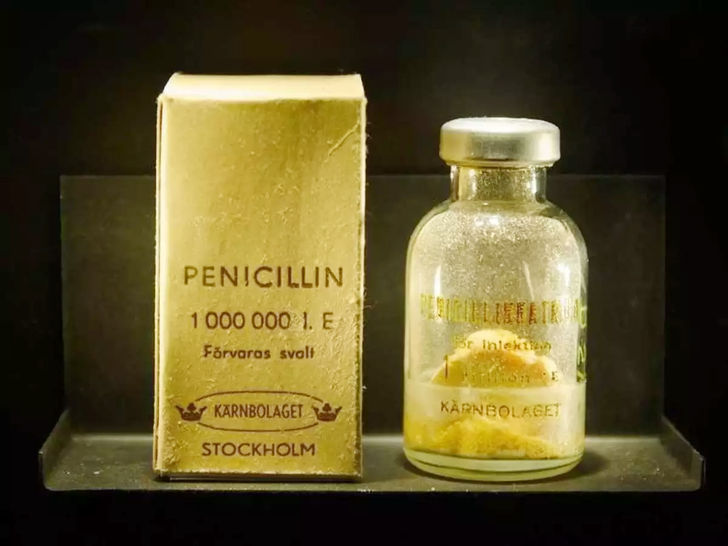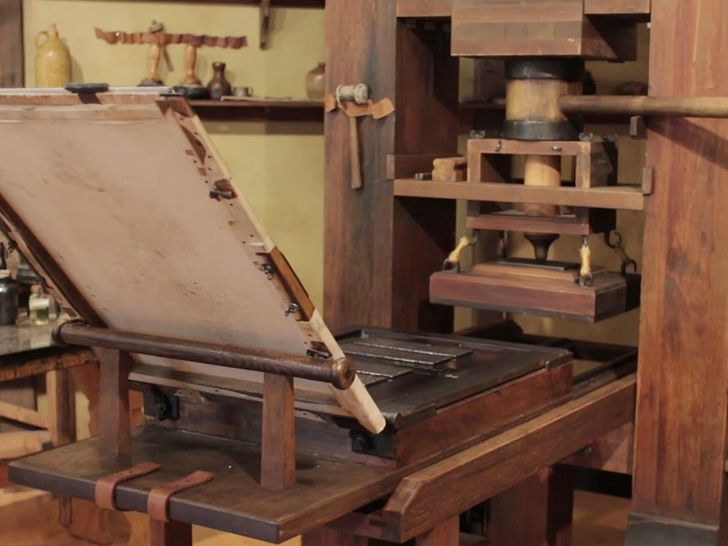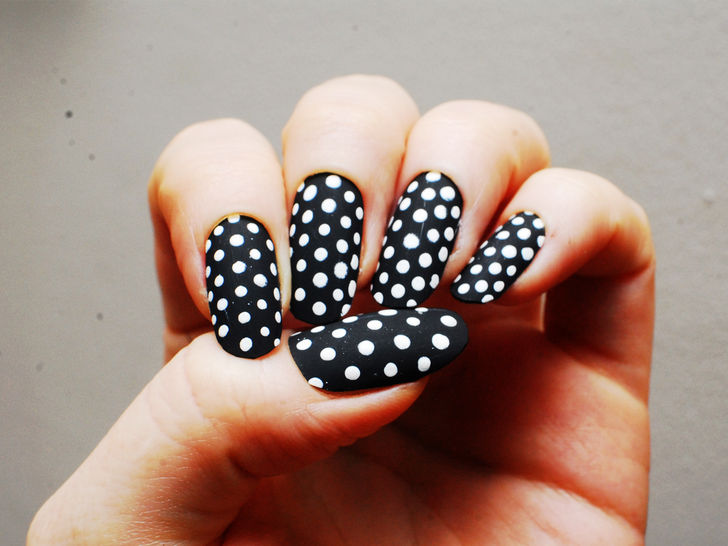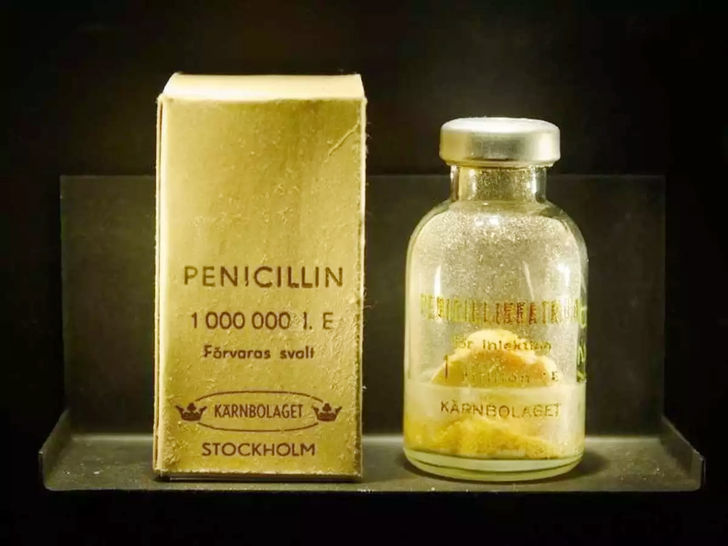6 Inventions That Changed The World

The world we live in right now wouldn't have been the way it is if some great inventions wouldn't have taken place. Even the smallest of such inventions alone play a huge role in the lives of all humans across the globe.
Posted On March 31st, 2021

Printing Press
In the late 1430s, Johann Gutenberg, a German man, was very anxious to find a means of making money. There was a desire at the time to tie tiny mirrors to one's hat or clothing to suck up healing powers while visiting holy sites or idols. The mirrors themselves were not significant, but Gutenberg noticed secretly how profitable it was to manufacture large quantities of an inexpensive commodity. A very simple method of printing was developed by individuals during the 1300s to 1400s. Letters or photographs cut on blocks of wood were involved. They will dip the block in ink and then imprint it on the sheet. Gutenberg also had prior experience working at a mint, and he discovered that he could make the printing process much quicker if he could use cut blocks inside a printer. Effectively, he'd be able to replicate texts in vast quantities.

The Bulb
In 1800, Humphry Davy, an English physicist, made the first electric light. He was experimenting with power and inventing an electric battery. The carbon glowed, producing light as he attached wires to his battery and a piece of carbon. This is considered an arc of electricity. The English physicist Sir Joseph Wilson Swan (1828-1914) developed a practical, long-lasting electrical light. He realized a filament of carbon paper worked well but burned up easily. In Newcastle, England, he demonstrated his new electric lamps in 1878. The American Charles Francis Brush created some carbon arcs in 1877 to illuminate a public square in Cleveland, Ohio, USA. On a few avenues, in a few big office buildings, and even some shops, these arcs were used. Just a handful of people used electric lamps. To discover just the right materials to glow well and be long-lasting, inventor Thomas Alva Edison (in the USA) experimented with thousands of different filaments. In 1879, Edison found that a carbon filament glowed for 40 hours in an oxygen-free lamp but did not burn up. Ultimately, Edison developed a bulb that could shine for over 1500 hours. By inventing a carbon filament (patented in 1881), Lewis Howard Latimer (1848-1928) improved the bulb; Latimer was a member of Edison's discovery team, which was nicknamed "Edison's Pioneers." Latimer invented and patented a means of making his carbon filaments in 1882. Willis R. Whitney developed a cure for the filament in 1903 so that the interior of the lamp would not darken when it glowed. In 1910, a tungsten filament that lasted much longer than the older filaments was invented by William David Coolidge (1873-1975). The atmosphere was revolutionized by the incandescent lamp.

Steam Engine
The steam engine may seem like an artifact of the past in a world powered by diesel engines, gas turbines and nuclear reactors. Yet the real world will be a much different place without this game-changing technology. The steam engine, perhaps the most influential invention of the Industrial Revolution, facilitated massive developments in the fields of mining, production, agriculture and transportation. And although the invention and advancement of the steam engine are attributed to many influential figures from the 18th and 19th centuries, the history of steam-powered engines really dates back almost 2,000 years before the Industrial Revolution. To solve a very specific question, the first practical steam engines were developed: how to drain water from flooded mines. When 17th-century Europeans moved from wood to coal as their primary source of food, mines deepened and, as a result, after penetrating underground water bodies, they were frequently flooded.

Nail
Acrylic nails have been used for hundreds of years, actually. Egyptian women used to wear artificial nails that were truly long to not to have a good manicure. As a status badge, they wore them. Bones, ivory and even gold were some of the items they were made out of. They wore them to prove that they were affluent and, because of their manual labour, the working class couldn't have long, elegant nails, while the wealthy did. Artificial nails were around long before they had much to do with Mr Dentist. Acrylics were found pretty much by mistake. A dentist named Frederick Slack fractured his nail in the 1950s and worked with additives and other materials to create an artificial-looking nail, using dental acrylics, to go over his old broken one. But in the late 1970s, the professional liquid and powder method used in acrylics was invented by Dr Stuart Nordstrom. He's also the founder of CND, a company that everybody knows and loves. The acrylic nails that went over the whole nail were the first artificial nails to be used. While there are still press-ons available, since then, acrylic nails have made a lot of progress.

Paper
The history of paper goes back almost 2,000 years to when cloth sheets were first produced by inventors in China to document their sketches and writings. Via representations and symbols engraved on rocks, bones, cave walls, or clay tablets, people interacted before then. The paper, as we know it today, was first made by Ts'ai Lun, a Chinese court official, in Lei-Yang, China. It is said that water was mixed with mulberry bark, hemp and rags, crushed it into pulp, drained the liquid out of it, and hung the thin mat to dry out in the sun. During the 8th century, when they seized a Chinese paper factory, Muslims (from the area which is now Syria, Saudi Arabia, and Iraq) discovered the Chinese secret of papermaking. Later, they took this secret with them when the Muslims conquered Europe. In Spain, the first paper mill was established, and soon, the paper was manufactured at mills all over Europe. Paper was used for printing valuable texts, bibles, and legal records over the next 800 years. In the late 15th century, England started producing vast supplies of paper and provided the colonists with paper for several years. Finally, the first U.S. paper mill in Pennsylvania was established in 1690. Today, paper is made from trees that are mostly grown in working forests and from paper that has been rescued. A part of papermaking has always been recycling. Paper mills will use it to produce fresh newspapers, notebook paper, paper shopping bags, corrugated packets, envelopes, magazines, cartons, and other paper items if you recycle the used paper.

Penicillin
In 1928, penicillin was first discovered and is now the world's most commonly used antibiotic. This year marks the 83rd anniversary of the discovery of penicillin, the first therapeutically discovered and used naturally occurring antibiotic drug. It all began with a mould that developed on a culture plate of staphylococcus. The discovery of penicillin has since changed the course of medicine, allowing doctors to treat previously serious and life-threatening diseases such as bacterial endocarditis, meningitis, pneumococcal pneumonia, gonorrhoea, and syphilis.

